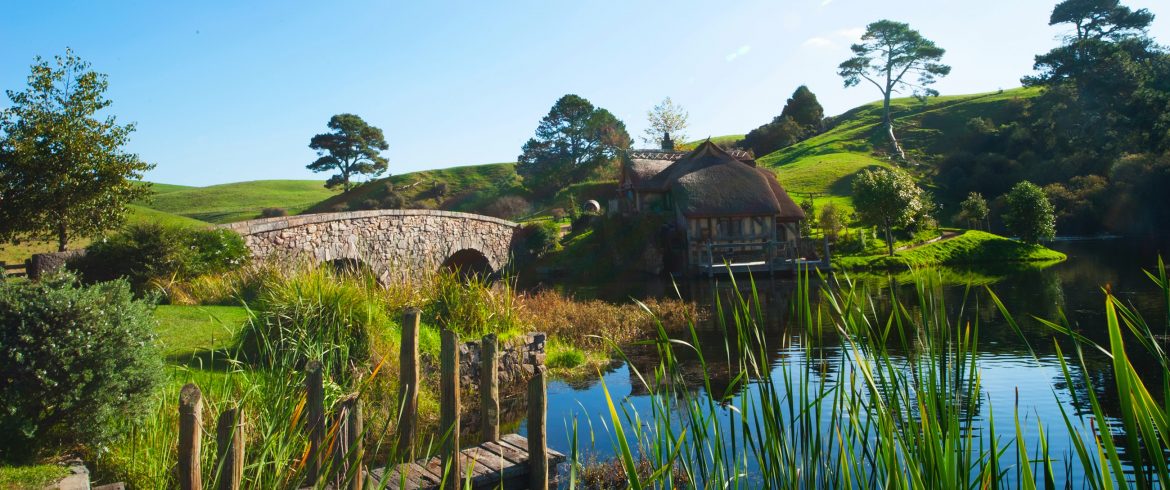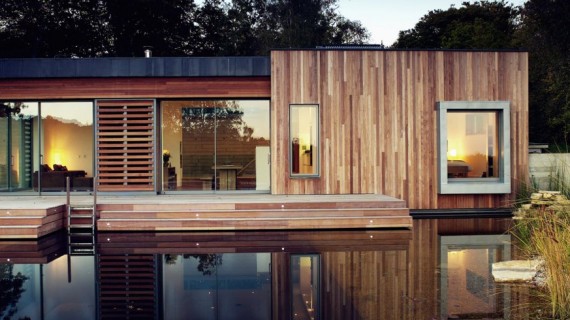Sometimes the most effective new home is an older house. Consider the quantity of building materials and fuel saved by buying an existing home instead of building a replacement one. An honest quality older home is renovated and retrofitted to form it more environmentally friendly, at a lower cost than if you were ranging from scratch.

Higher housing density means more efficient utilities and shorter commutes, so consider that living in a populated area could also be the greener choice. Significantly, by choosing an existing home, you’re not transforming wild habitat or agricultural land and contributing to further landscape fragmentation.
Small Is Big
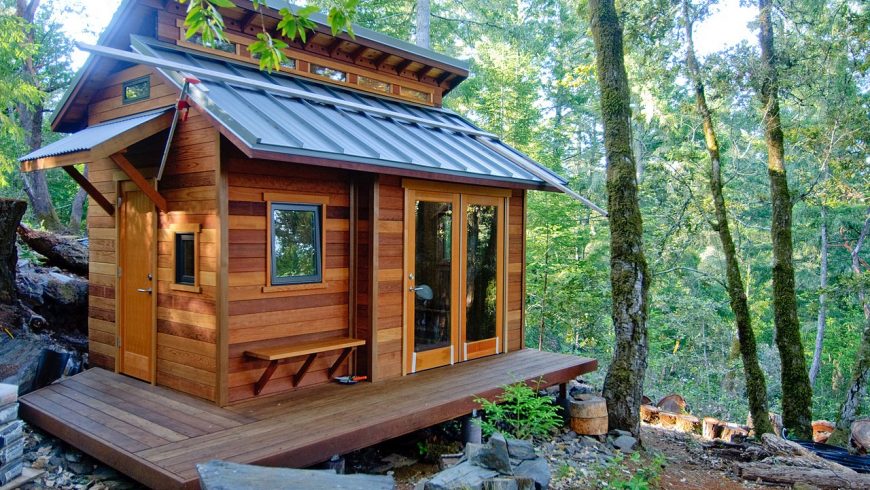
A smaller home needs fewer building materials and requires less energy to cool down and warmth. When planning a replacement home, ensure to honestly assess your needs, both in terms of the amount of rooms needed, and therefore the size of these rooms. Tiny homes, currently very fashionable on television shows, are attractive and have clear environmental and energetic advantages.
While most people would have a tough time living permanently in these small spaces, they’re a form of laboratory which might provide important lessons about energy efficiency, space use, and general frugality. Your indulgence for these TV shows can provide you with great ideas applicable on a more livable scale.
Build with Sustainable Materials
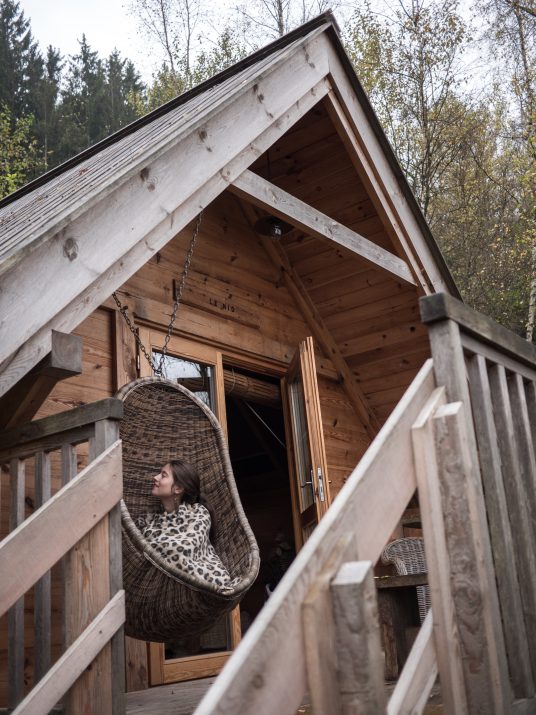
Today many options exist when selecting environmentally responsible building materials. the alternatives are vast, including sustainability-certified wood products, reclaimed or salvaged wood, and insulation made up of recycled materials.
Another advantage to carefully selecting building materials is best indoor air quality. many sorts of carpeting, wall coverings, stains, and paints release volatile organic compounds and other air pollutants. Healthier alternatives exist, like low-VOC paints and hard-wax oil for floors. Given the amount of hours you spend in your house daily, minimizing your exposure to those toxic components is extremely important.
Make it a Passive House
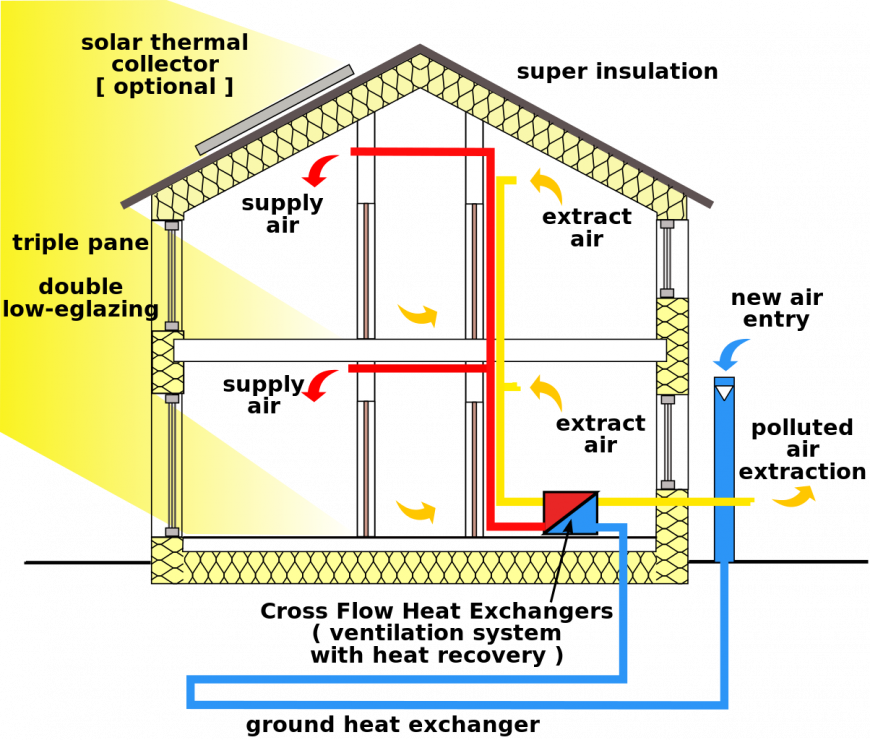
The passive house concept consists during a series of standards aimed toward maximizing energy efficiency. The concept relies on design elements that target reducing the wants for heating and cooling. the planning elements include:
- Extremely effective wall insulation. The surface shell of the structure must include enough insulation materials to supply a really high R-value.
- Windows have to be made from glass that limits heat transfer, with well insulated frames. In northern climates, this may mean triple-pane windows.
- Heat recovery through a device inbuilt the ventilating system further limits heating needs.
- The house envelope (walls, windows, and roof) has to provide a high degree of airtightness. It doesn’t mean the house will feel stuffy, as air change needs are handled by the ventilation and warmth exchanger systems.
- The orientation of the house and its windows allows for passive solar heating, and for the entry of natural light, limiting further electricity needs.
Passive house designs bring a home with low energy requirements, high indoor air quality, even and steady indoor temperature, and therefore the ability to stay comfortable during power outages. Typically, the upper construction costs of the materials involved within the building of a passive house are offset by simpler architectural elements and smaller heating, cooling, and electric systems. Furthermore, occupants incur substantially lower energy costs.
Conserve Water
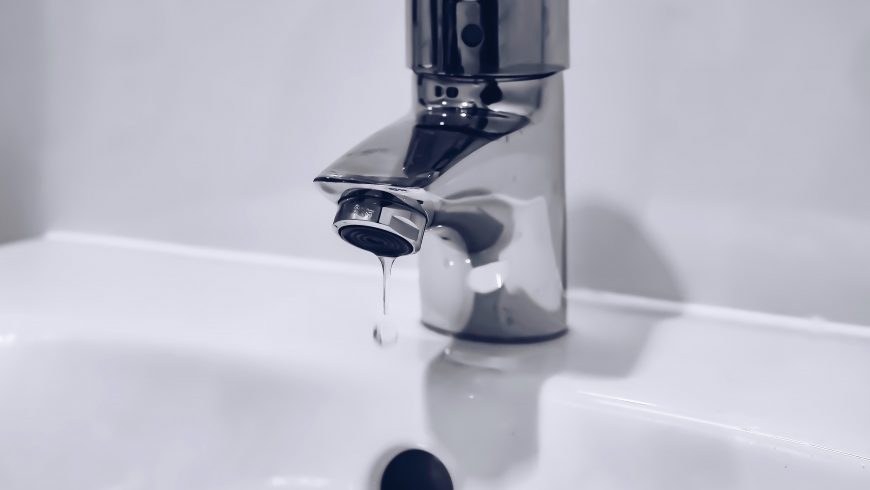
Residents of the USA and Canada have the unfortunate distinction of using the best amount of water per person, per day. Giving our increasing population, pervasive pollution, ongoing droughts, and changes caused by warming, our water use habits have to change. Building a replacement house offers many opportunities to save lots of on water. Low volume bathroom and kitchen fixtures are essential, including low flow, dual flush toilets.
Makes Energy Savings Easy

Right from the beginning, experts recommend integrating renewable energy systems into the planning of a replacement home, whether it’s solar panels, residential wind turbines, or micro-hydroelectric generation. If the initial investment is just too steep to contemplate at the time of construction, planning during the planning phase for an eventual change by reversal to renewable energy will save the owner considerable trouble (and money) later.
However, even as important because the source of the energy you employ is what proportion of it you employ. A well-designed home should allow you to attenuate your energy needs. this may be accomplished by, as an example, choosing efficient appliances, installing LED lights, and using programmable thermostats which can provide you with the cooling and heating you wish only someone’s home. And don’t forget the low-tech solutions: an easy clothesline for drying laundry will further impede on energy needs.
Thoughtfully Landscaped
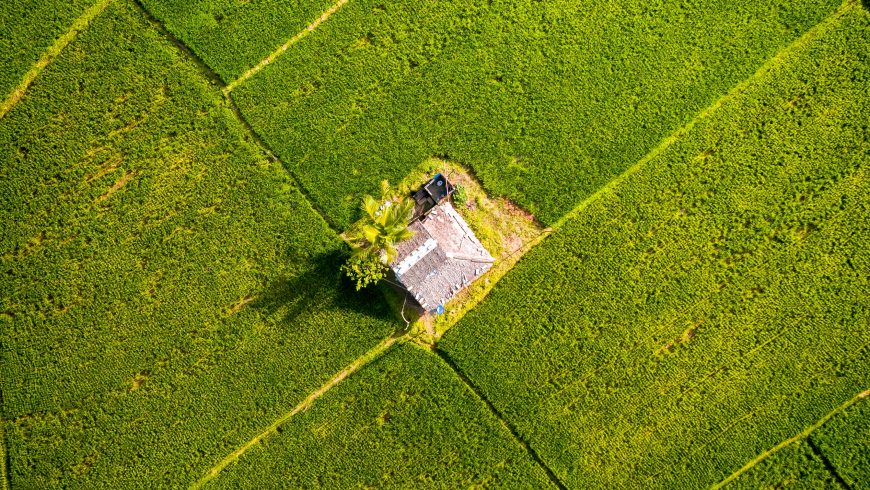
The work of building an environmentally friendly home continues outside. Landscaping should be done to attenuate the house’s impact on the landscape:
- Manage rainwater. Collect water runoff from the roof into rain barrels, to be used for watering landscaping plants.
- Minimize impervious surfaces. Make it easier for rainwater to penetrate the soil rather than running off, which allows it to hold nutrients, sediment, and other styles of pollution into nearby waterways. For your driveway and parking areas, choose a permeable material like open-cell pavers or pervious pavers, which can allow water to percolate into the bottom underneath.
- Carefully choose landscaping plant species which require little energy-intensive maintenance like mowing. Favor the choice of native plants with low watering needs. To block water runoff, plant water-loving plants near gutter downspouts, if you’re not already collecting roof runoff.
- Small is best: a tiny low yard is simpler to keep up and diminishes your home’s impact on the encircling habitat. ensure you discuss with your local code officer for minimum vegetation clearances if you reside in a region vulnerable to wildfires.
- Make your backyard wildlife friendly by providing food, water, and canopy for your wilder neighbors.
Cover image: photo by Unsplash

